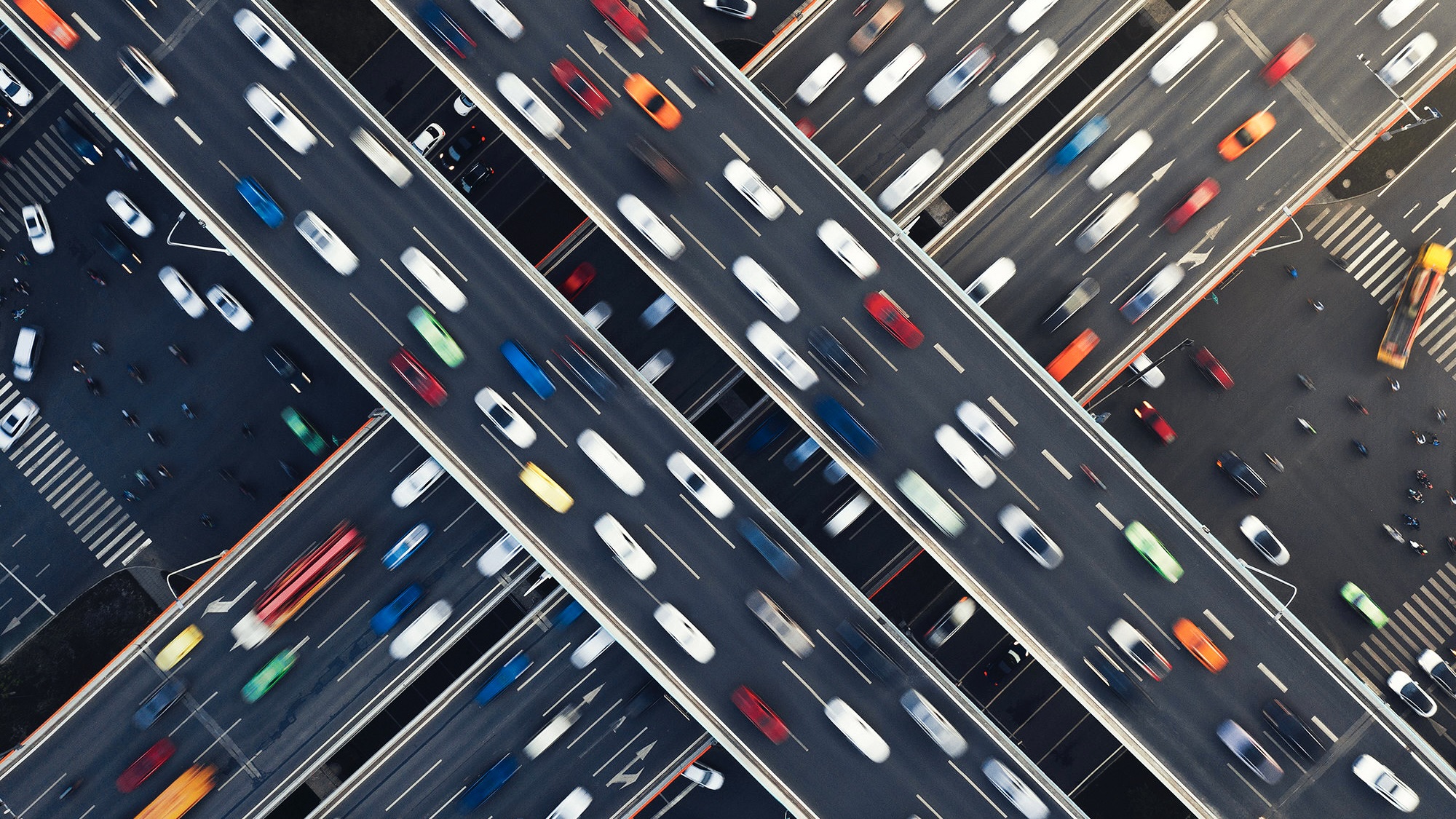iso.500px.com
Long exposure photography isnt just for landscapesits a powerful tool in urban photography that transforms chaotic cityscapes into mesmerizing visual stories. From light trails to motion blur, mastering long exposure techniques can add depth, movement, and emotion to your city shots. The science behind long exposure photographyLong exposure involves using slow shutter speeds to capture movement over time, turning everyday scenes into something surreal. When shooting in the city, this technique allows you to create:Light trails from moving carsBlurry pedestrian motion against still architectureSmooth reflections in rivers or fountainsStarburst or light streak effects from city lightsTo get started, youll need:A tripod to keep static elements sharpA remote shutter or timer to reduce camera shakeND filters for controlling light exposure during the day Shooting light trails for dynamic urban shotsCapturing vehicle light trails at night is one of the most popular long exposure techniques.Best settings for light trailsShutter speed: Start with 5-10 seconds for moderate traffic, increase for longer streaks.Aperture: f/8 to f/16 keeps details sharp.ISO: Keep it low (ISO 100-200) to avoid noise in dark areas.Find a location where traffic flow is steady, such as an intersection or highway overpass, and experiment with different shutter speeds to capture varied effects. Using motion blur for storytellingInstead of freezing people in motion, long exposures allow you to blur them intentionally, creating a ghostlike presence in busy streets or plazas.Position yourself near a static object (e.g., a street performer, bench, or fountain) and let people move around it.Use a shutter speed of 1-5 seconds to create controlled blurjust enough to suggest motion without losing form entirely.Experiment with panning techniques to blur the background while keeping a moving subject (like a cyclist) in focus. Refining your long exposure workflowLong exposure photography requires precision, but small adjustments can make a big difference.Use manual focus: Autofocus struggles in low light, so set your focus manually for sharper images.Shoot in RAW: This preserves details and gives you more flexibility in post-processing.Experiment with exposure time: Adjust between short and long exposures to find the perfect balance between movement and clarity. Final thoughtsMastering long exposure in city photography allows you to create images that feel dynamic and cinematic. Whether capturing glowing light trails, soft streaks of pedestrians, or perfectly still reflections, long exposure is a technique that can transform ordinary urban scenes into something extraordinary.Not on 500px yet? Sign up here to explore more impactful photography.The post The art of long exposure in city photography appeared first on 500px.




